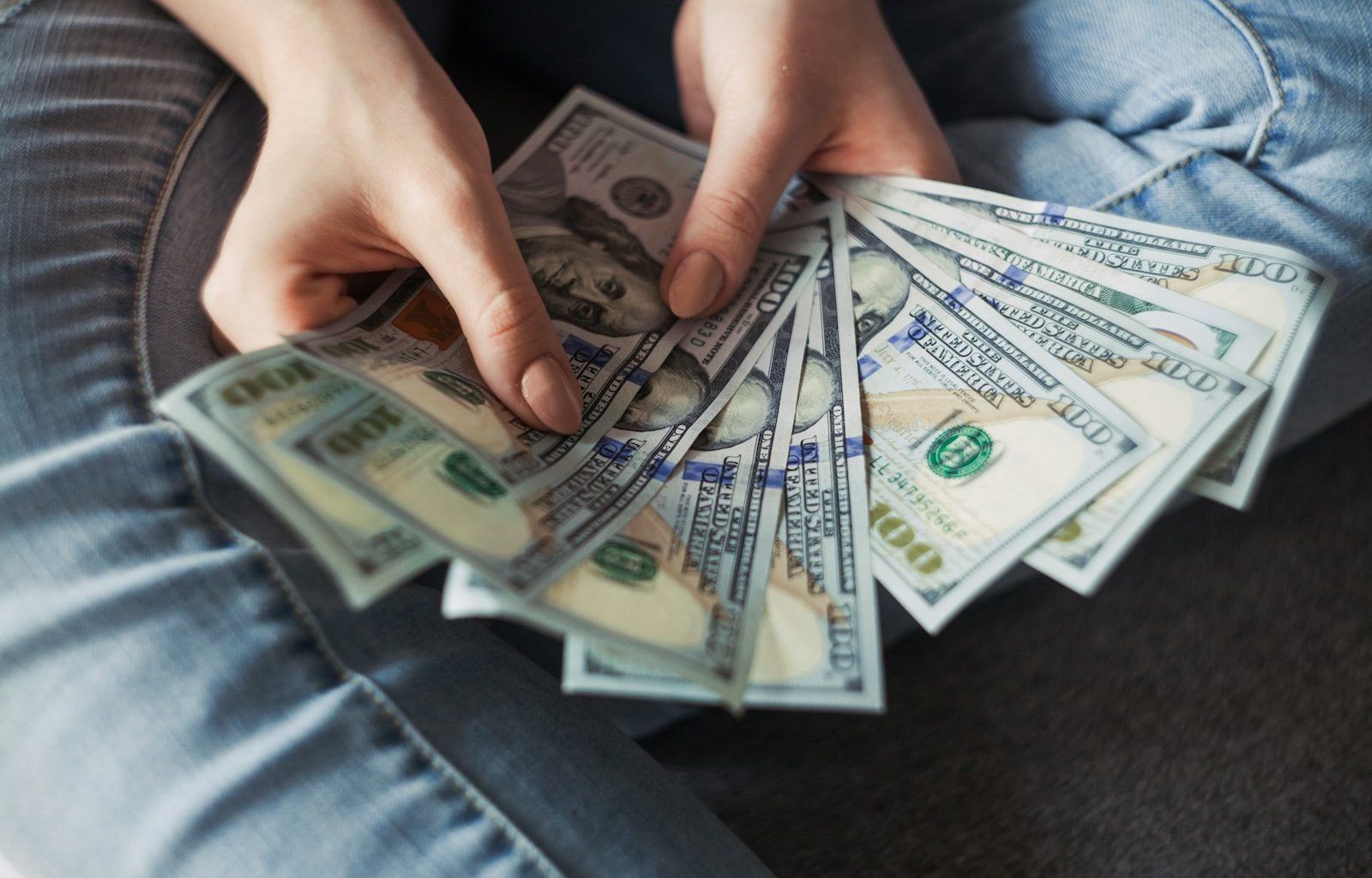YouTube has become one of the largest platforms where people can turn their creativity into a full-time income. If you’re wondering how does youtube pay you for views, you’re in the right place. It’s not just about uploading videos and waiting for money to roll in. There’s a process, and understanding it can help you maximize your earnings. Let’s break it down step by step.
How Does YouTube’s Monetization Work?
Before YouTube pays you for views, you need to understand how monetization on the platform works. YouTube doesn’t directly pay you just for getting views. Instead, they pay creators through ads, memberships, and other revenue streams. The more engaging and popular your content is, the higher your chance of making money.
To start earning, you must first join the YouTube Partner Program (YPP). Here are the requirements:
- You need at least 1,000 subscribers.
- Your channel must have 4,000 watch hours in the last 12 months.
- You must follow all YouTube monetization policies.
- You need to link an AdSense account to your YouTube channel.
Once you meet these requirements, YouTube will review your channel. If approved, you can start earning money through ads and other methods.
How Does YouTube Pay You for Ads?
YouTube makes most of its revenue from advertisements. When you monetize your videos, ads will start appearing before, during, or alongside them. But how exactly does YouTube pay you for views through ads? Here’s what you need to know:
YouTube works with advertisers through Google AdSense. Advertisers pay YouTube to show ads to their target audience. YouTube then shares a percentage of this revenue with you, the creator. Generally, YouTube keeps 45% of the ad revenue and gives creators 55%.
Types of Ads on YouTube
There are several types of ads that help you earn money:
- Skippable ads: These are the ads viewers can skip after 5 seconds. You get paid when viewers watch at least 30 seconds or click on the ad.
- Non-skippable ads: Viewers must watch these ads fully before your video starts. You earn money every time these ads play.
- Bumper ads: These are short ads (about 6 seconds) that viewers cannot skip.
- Display ads: These appear on the side of the video or as overlays.
The type of ad shown depends on your video content, audience, and the advertisers’ goals. If your content is family-friendly and reaches a large audience, you’re more likely to attract advertisers.
Does YouTube Pay for Every View?
This is where it gets tricky. YouTube does not pay you directly for every view. Instead, it pays you based on ad impressions and how many viewers engage with those ads. If a viewer skips an ad before 30 seconds, you may not earn anything from that view.
However, YouTube uses something called CPM (Cost Per Mille), which means cost per thousand views. Advertisers pay a certain amount for every 1,000 views their ad gets. Your earnings will depend on your CPM, which varies based on:
- Your niche: Certain topics, like finance or tech, have higher CPM rates because advertisers are willing to pay more.
- Audience location: Advertisers pay more for views from countries like the U.S., Canada, and the U.K.
- Viewer engagement: If viewers click on ads or watch them fully, you’ll earn more.
On average, YouTube CPM ranges from $0.50 to $10 per 1,000 views. However, this number can go higher or lower depending on the factors mentioned.
How Much Money Can You Make Per 1,000 Views?
Creators often ask how much YouTube pays for 1,000 views. The answer isn’t the same for everyone. Your earnings depend on RPM (Revenue Per Mille), which calculates how much you make for every 1,000 views, including ad revenue, memberships, and other income sources.
Let’s look at an example:
- If your RPM is $5, you’ll earn $5 for every 1,000 views on your video.
- If your video gets 10,000 views, you’ll earn about $50.
But remember, these numbers can vary. High-quality content with a loyal audience usually has a higher RPM. Also, videos that encourage viewer interaction, like comments and shares, tend to perform better.
Other Ways YouTube Pays You for Views
While ads are the main way YouTube pays you for views, there are other income streams you can tap into:
1. Channel Memberships
Once your channel grows, you can enable memberships. Viewers can pay a monthly fee to become a member and get exclusive perks, such as custom emojis, badges, or bonus content. This adds another layer of income on top of your ad revenue.
2. Super Chats and Super Stickers
During live streams, viewers can purchase Super Chats or Super Stickers to highlight their messages. This is a fun way for fans to support you directly, and YouTube takes a small cut of the revenue.
YouTube Premium is a subscription service where viewers pay a monthly fee to watch videos ad-free. If a YouTube Premium member watches your videos, you still earn money. YouTube shares a portion of the subscription revenue with creators.
4. Affiliate Marketing and Sponsorships
You can also earn money outside of YouTube’s built-in features. By partnering with brands or promoting affiliate products in your videos, you can make commissions or earn sponsorship fees. For example, if you review a product and share an affiliate link, you’ll earn money every time someone makes a purchase through your link.
How to Maximize Your YouTube Earnings
To make the most money from your YouTube channel, follow these tips:
- Create valuable content: Focus on high-quality videos that educate, entertain, or inspire your audience.
- Target the right audience: Use keywords, SEO strategies, and proper thumbnails to attract viewers interested in your niche.
- Upload consistently: The more videos you upload, the more chances you have to earn revenue.
- Engage your audience: Ask viewers to like, comment, and share your videos. The more engagement you get, the better YouTube will recommend your content.
- Diversify your income streams: Don’t rely solely on ads. Add memberships, affiliate marketing, and sponsorships to boost your earnings.
How Do You Get Paid by YouTube?
Once you start earning money, YouTube pays you through Google AdSense. Here’s how it works:
- You need to set up a Google AdSense account.
- YouTube calculates your earnings for the month.
- Once you reach the payment threshold of $100, YouTube will transfer your earnings to your bank account.
- Payments are made every month, usually around the 21st.
It’s important to ensure your payment details in AdSense are accurate so you can receive your earnings without any delays.
Conclusion: Can You Really Make Money on YouTube?
The answer is a big yes! YouTube has provided countless creators with a platform to share their passions and earn a living. However, it’s not an overnight success story. You need to stay consistent, create engaging content, and understand how YouTube pays you for views.
From ad revenue to memberships, Super Chats, and affiliate marketing, there are multiple ways to monetize your content. By focusing on building a loyal audience and diversifying your income streams, you can turn YouTube into a rewarding career.
So, if you’ve been asking, “How does YouTube pay you for views?”, now you know the answer. Start creating, stay consistent, and the results will follow.
For further reading, explore these related articles:
For additional resources on music marketing and distribution, visit DMT Records Pvt. Ltd..






